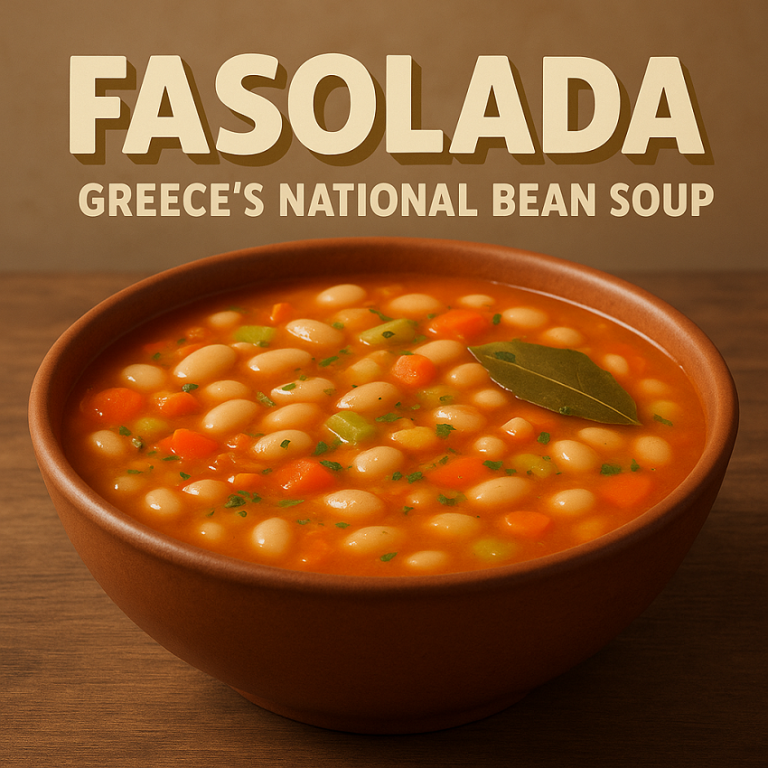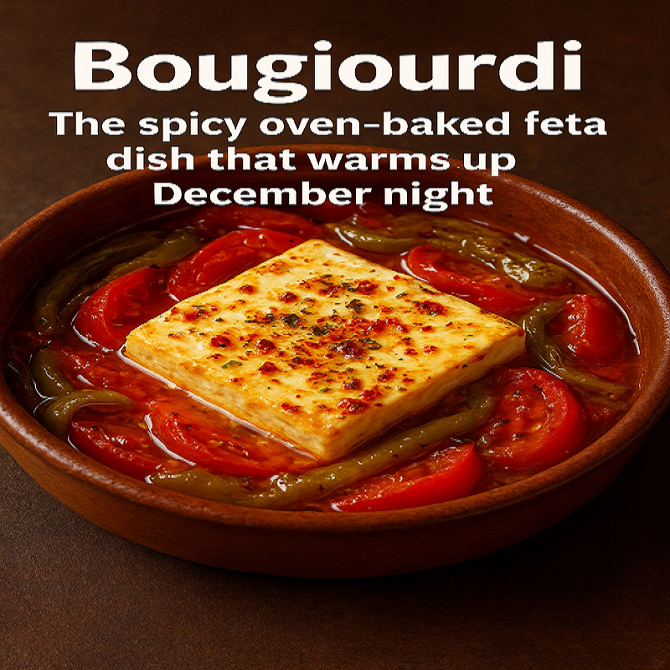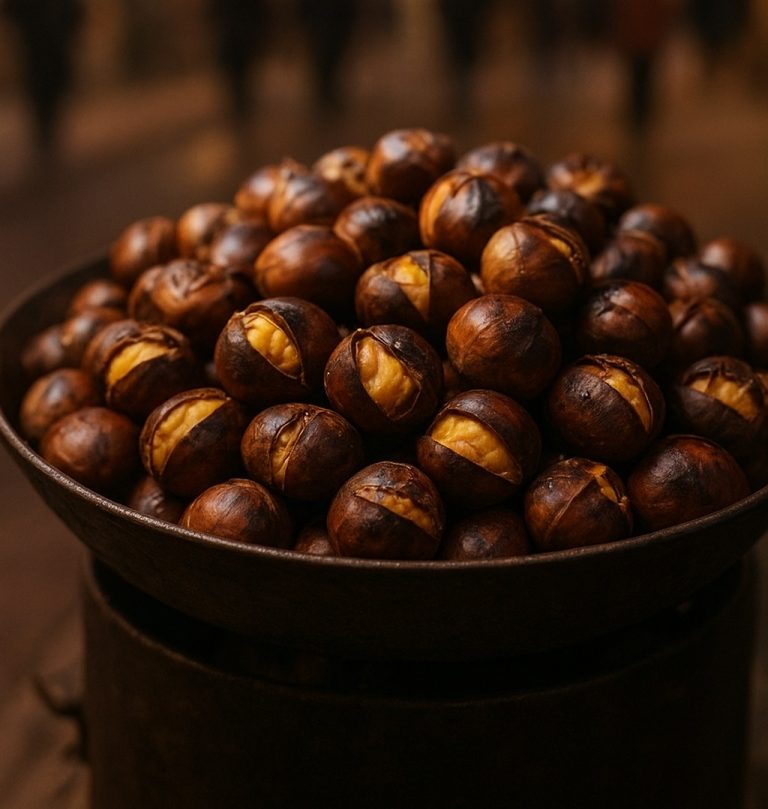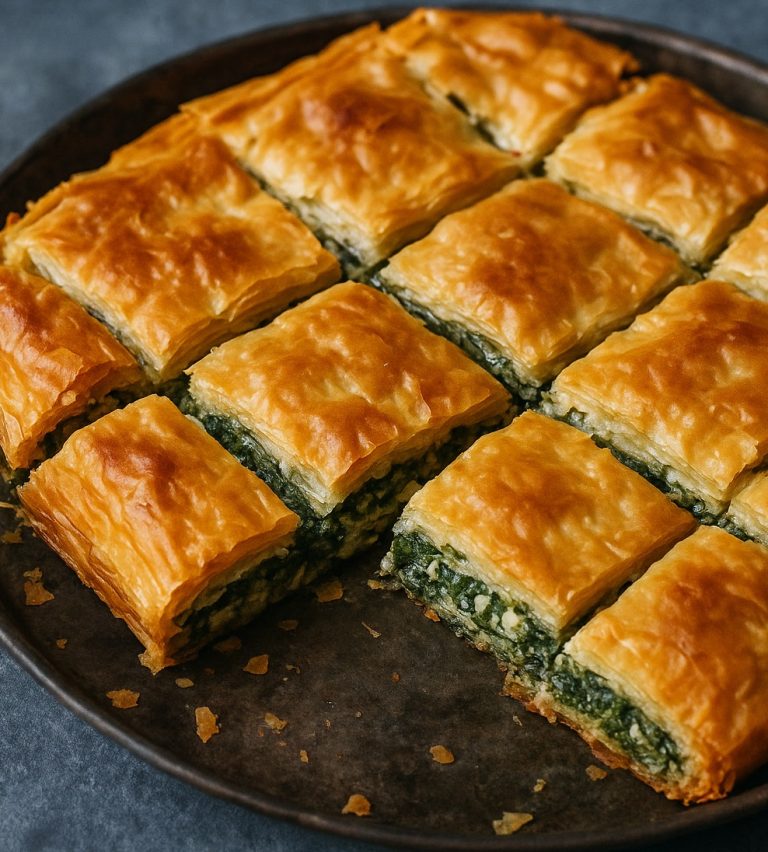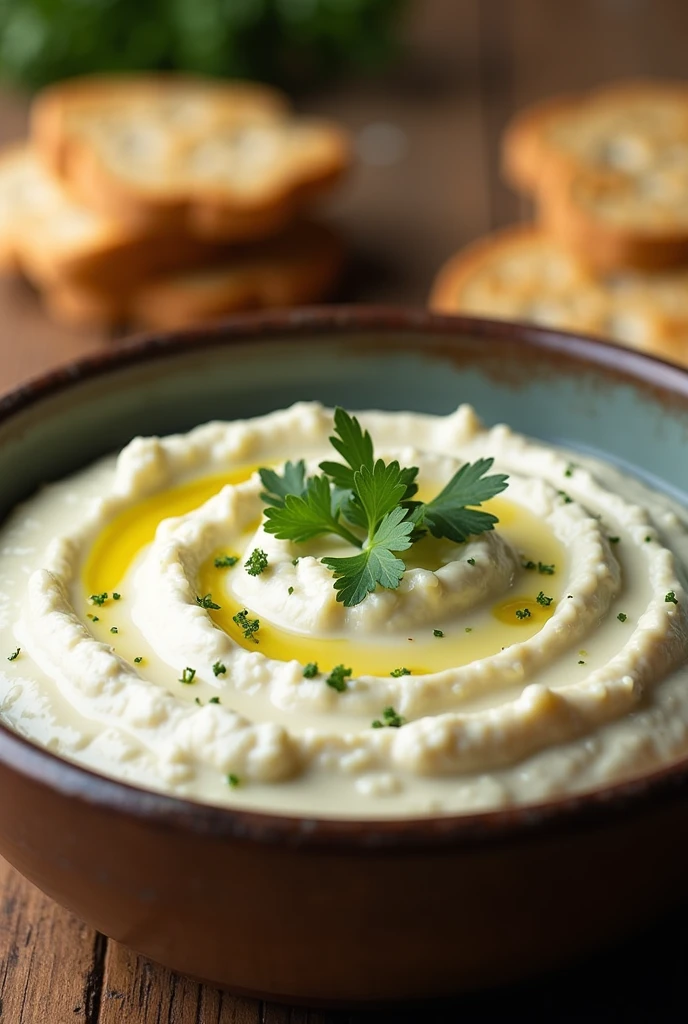
Introduction
Skordalia is a classic Greek dip renowned for its rich flavor and creamy texture. Often served as an accompaniment to various dishes, it embodies the essence of Mediterranean cuisine by combining simple ingredients to create something truly delightful. This article delves into the history, ingredients, preparation, variations, and cultural significance of Skordalia, showcasing why it continues to be a beloved staple in Greek households and beyond.
History
Skordalia boasts deep roots in Greek culinary tradition, with references dating back to ancient times. The name itself is derived from the Greek word “skordos,” meaning garlic, which is the star ingredient in this dish. Traditionally, Skordalia was served during festivals, religious celebrations, and special occasions, often paired with fried fish, grilled meats, or as part of a meze platter—a collection of small dishes served as appetizers.
In its early forms, Skordalia was prepared with simple ingredients that were easily accessible to home cooks. As Greek cuisine evolved, so did the variations of Skordalia, influenced by regional ingredients and local customs. The dish became particularly popular among fishermen, who would enjoy it alongside their catch. Over the years, Skordalia has maintained its cultural significance, often evoking nostalgia for family gatherings and traditional meals.
Ingredients
The primary ingredients of Skordalia include:
- Garlic: The star of the dish, providing a robust and aromatic flavor that can be adjusted based on personal preference.
- Potatoes or Bread: These serve as the base, giving the dip its creamy consistency. Potatoes are more commonly used, but stale bread can also be utilized for a different texture and flavor profile.
- Olive Oil: A key ingredient in Mediterranean cuisine, adding richness and depth to the dip. High-quality extra virgin olive oil is preferred for its flavor.
- Vinegar or Lemon Juice: For acidity, balancing the flavors and brightening the overall dish.
- Salt: Enhances the overall taste and brings together the other ingredients.
Optional Ingredients
- Nuts: Ground almonds or walnuts can be added for a unique twist, providing both flavor and a bit of crunch.
- Herbs: Fresh herbs such as parsley, dill, or mint can be incorporated to add freshness and complexity.
- Aquafaba: For a vegan version, the liquid from canned chickpeas can replace olive oil to achieve a lighter consistency.
Preparation
Making Skordalia is relatively simple. Here’s a detailed recipe to guide you through the process:
Ingredients
- 2 large potatoes (or 2 cups of stale bread, soaked in water)
- 4-6 cloves of garlic (adjust to taste)
- ½ cup of olive oil
- 2-3 tablespoons of vinegar or lemon juice
- Salt to taste
Instructions
- Cook the Potatoes: If using potatoes, peel and boil them in salted water until tender, about 15-20 minutes. Drain and let them cool.
- Prepare the Garlic: While the potatoes are cooling, mash the garlic cloves into a paste using a mortar and pestle, or finely chop them. The more finely minced, the stronger the garlic flavor.
- Combine Ingredients: In a mixing bowl, combine the cooled potatoes (mashed) or soaked bread (squeezed to remove excess water) with the garlic paste.
- Add Olive Oil: Gradually stir in the olive oil, mixing until you achieve a creamy consistency. The key is to add the olive oil slowly to emulsify the mixture properly.
- Add Acidity: Incorporate vinegar or lemon juice, adjusting the amount to suit your taste. Start with a small amount and add more as needed.
- Season: Add salt to taste, and mix well until you achieve a smooth texture. If the mixture seems too thick, you can add a bit of water or more olive oil to reach your desired consistency.
- Chill: Refrigerate for at least an hour before serving to allow the flavors to meld together beautifully.
Variations
While the classic Skordalia recipe is beloved, there are several regional variations that incorporate different ingredients and styles of preparation:
- Nut-Based Skordalia: In some regions, particularly in northern Greece, ground almonds or walnuts are added to the mixture, enhancing the flavor and providing a nutty texture.
- Herbed Skordalia: Fresh herbs like parsley, dill, or mint can be added for a refreshing twist that complements the garlic.
- Aquafaba Skordalia: For a vegan-friendly version, aquafaba can be used instead of olive oil, resulting in a lighter and equally delicious dip.
- Spicy Skordalia: Some variations include a touch of red pepper flakes or chili for those who enjoy a bit of heat in their dishes.
Serving Suggestions
Skordalia is incredibly versatile and can be enjoyed in various ways. Here are a few ideas for serving:
- As a Dip: Pair it with pita bread, vegetable sticks, or crackers for a delightful appetizer.
- With Fish: Serve alongside fried or grilled fish to create a classic Greek meal. The creamy Skordalia complements the crispy texture of the fish beautifully.
- In Salads: Use it as a dressing for salads, drizzling it over mixed greens or grain bowls to elevate your meal.
- On Meze Platters: Include it in a spread of various dips and appetizers for a festive gathering. It pairs wonderfully with olives, cheese, and roasted vegetables.
Cultural Significance
Skordalia is more than just a dip; it holds cultural significance in Greek communities. It is often associated with gatherings of family and friends, where sharing food plays a central role in socializing. During Lent and other fasting periods, Skordalia is a popular choice, as it is vegan and hearty, making it suitable for those abstaining from animal products.
The preparation of Skordalia often becomes a communal activity, with family members gathering to help make the dish, sharing stories and laughter in the process. This sense of community and tradition reinforces the importance of food in Greek culture, where meals are viewed as a way to connect with loved ones and celebrate life’s moments.
Conclusion
Skordalia is a timeless testament to the beauty of Greek cuisine, showcasing how simple ingredients can come together to create something truly exceptional. Whether enjoyed at a family gathering, as part of a festive meze platter, or simply as a dip with friends, its creamy texture and garlicky punch make it a beloved part of Greek culinary heritage. By trying your hand at making Skordalia at home, you can experience a taste of Greece that is both simple and exquisite, bringing a piece of this rich culture into your kitchen.
